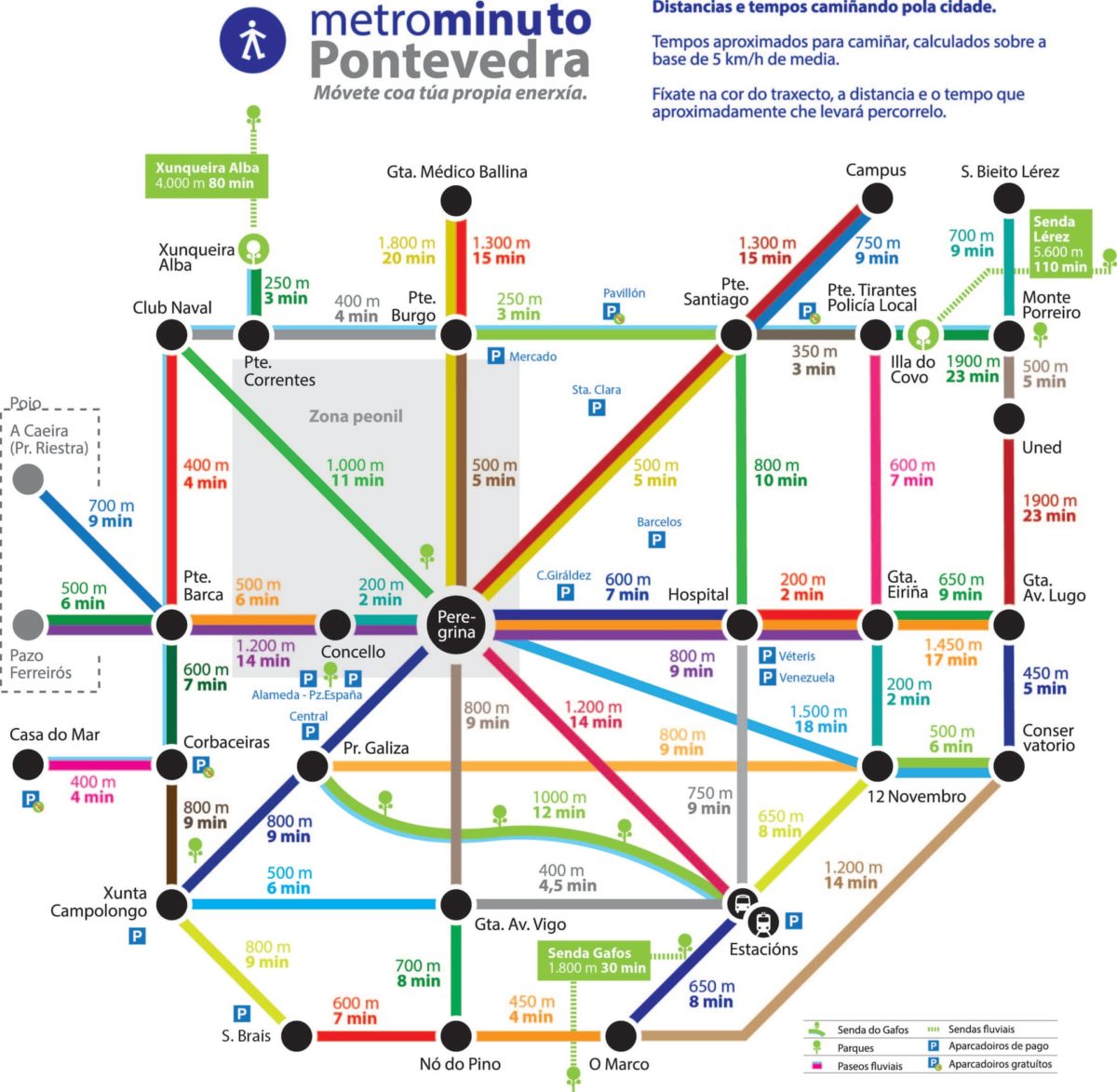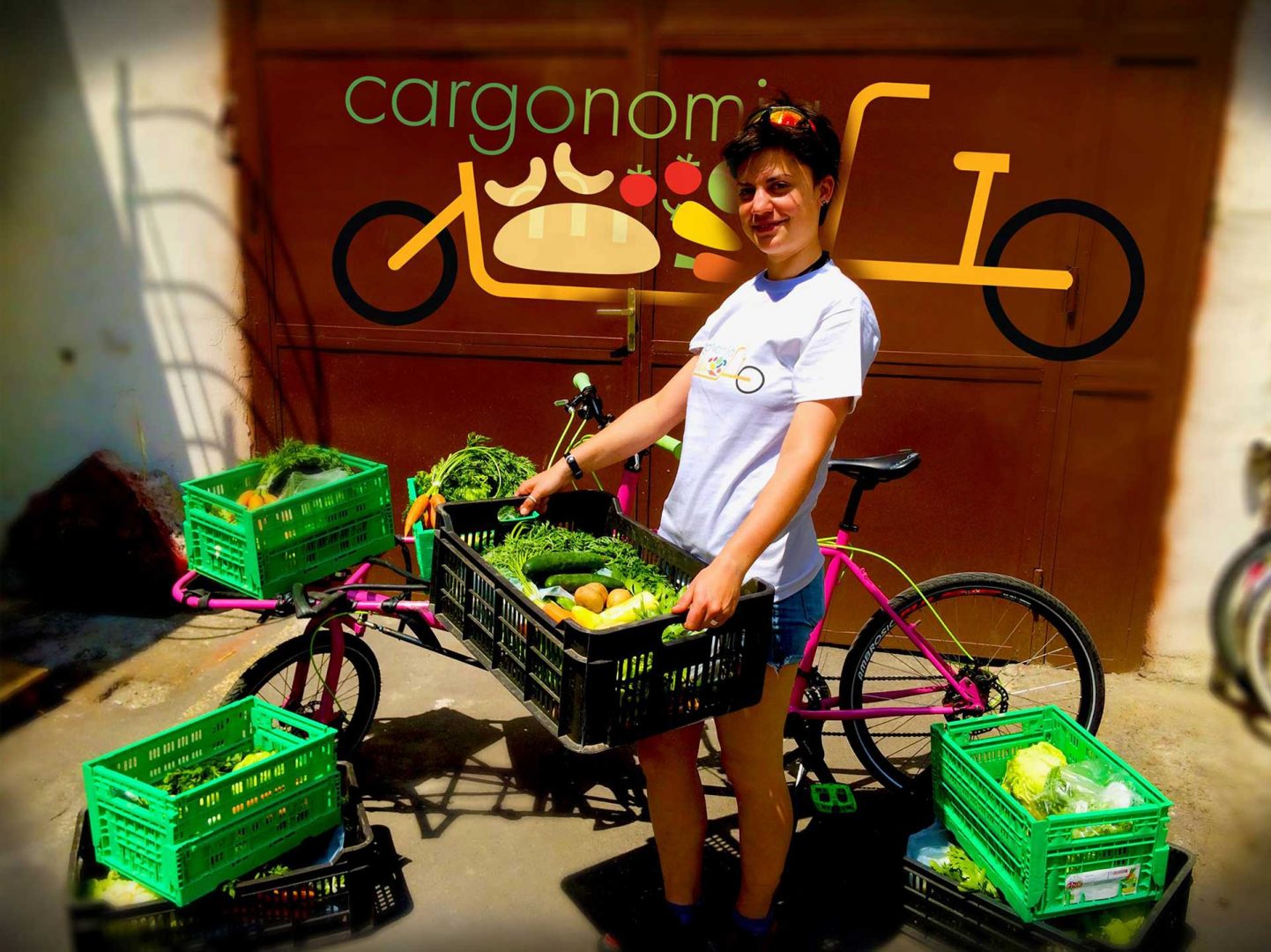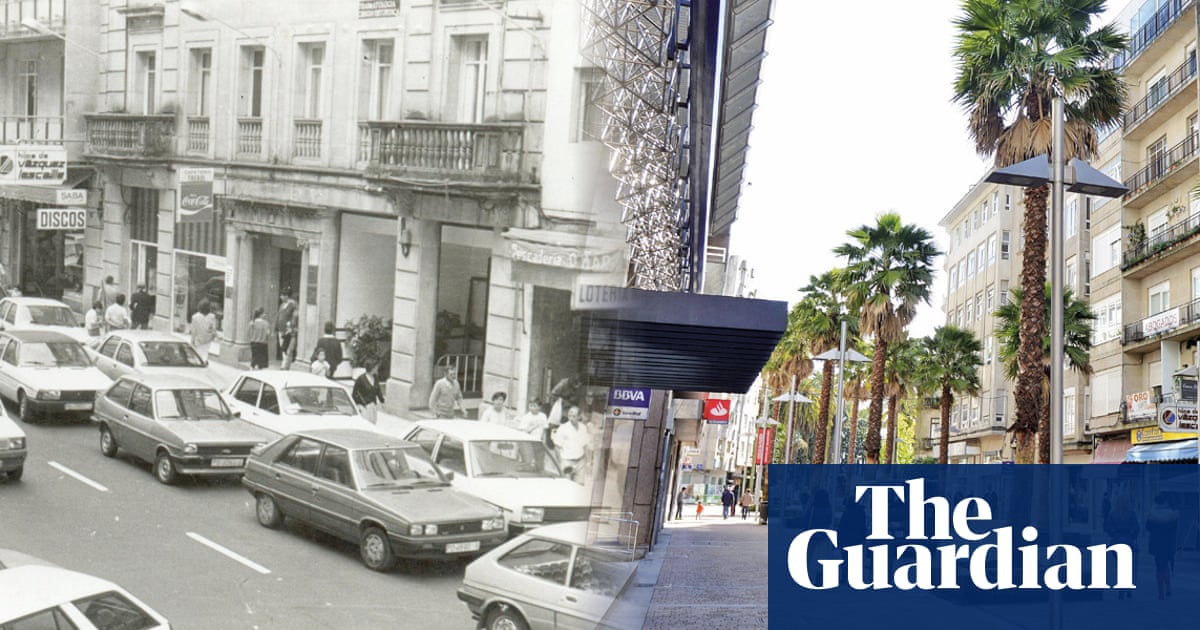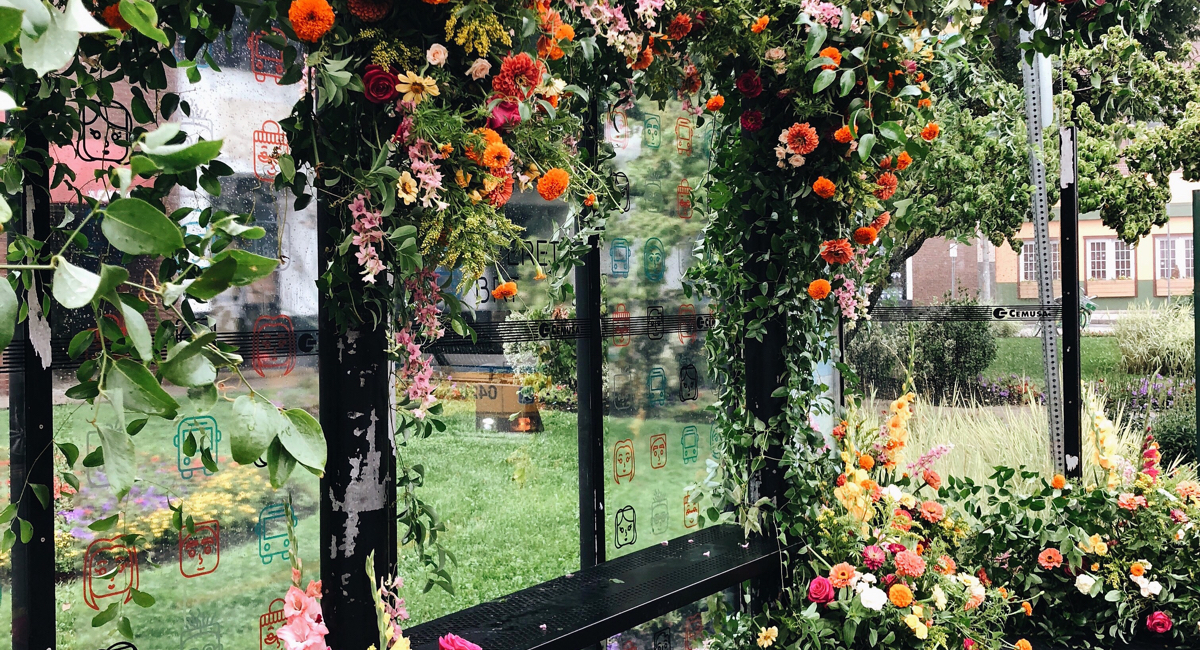CULTURE
Posts in "Culture"

Mr. Rogers: Google Animated Doodle

The Spanish City That Banned Cars

“Read Away” Your Overdue Book Fines At Los Angeles Libraries
Leilany Medina, 11, loves books so much that she’d like to become a librarian. But even she sometimes forgets to return books on time, especially if she hasn’t quite finished. And she’s racked up some late fines.
But local libraries are providing a way out for such book lovers, and creating new lures for other children, who haven’t caught the reading bug, by doing away with late fees, automatically signing up students for library cards through their schools and allowing them to “read away” their fines and fees.
The most recent move was a vote last week by Los Angeles County supervisors to end late fees for patrons under 21 at county-run libraries, effective immediately. That did not help Leilany because officials offered no amnesty for past fines.
So on Thursday, Leilany went to the East Los Angeles Library, a county facility, to read off $4 in late fees. Students can eliminate debt at a rate of $5 an hour under a program that took effect in June.
Boston Survives “Flowerbomb”

The “floral takeover,” which you can find at the School Street bus stop on Broadway Tuesday and Wednesday, is the handiwork of local florist Krissy Price, who says the flowers are meant to elevate a too-often under-celebrated mode of transportation.
The World’s Most Beautiful Libraries

… according to the Guardian.
Notable women: Aboriginal and Torres Strait Islander women who should be on banknotes

‘In the spirit of ‘Because of Her, We Can’, we visualise Aboriginal and Torres Strait Islander women honoured on national material.
When acclaimed artist Gordon Andrews designed Australia’s vibrant series of new decimal banknotes in 1959, he wanted to break traditions of stiff patriarchal Prime Ministers or Australiana cliches, and instead, focus on the arts, the environment and architecture. In doing so, he made sure to give prominence women and to Aboriginal and Torres Strait Islander people.
However, only one Indigenous woman exists on Australia’s banknotes.”
Mr. Rogers: “Radically Subversive”


Fred Rogers’s worldview, a kind of humanism that had roots in Rogers’s Christianity but expressed itself as a commitment to everyone’s dignity, is what helped many navigate the scariest events of childhood (RFK’s assassination, the Challenger shuttle explosion). And the power of that worldview, the film suggests, doesn’t stop when childhood ends.
Launching Today: “Atlas Of Utopias” – real-world examples by Transnational Institute


Worldwide, mayors are increasingly a progressive and fearless voice advancing bold agendas on climate change, welcoming refugees and trialling new forms of democratic participation. …
Can a group of cities really offer any fundamental solutions to a crisis created by the immense power of corporate capital?
To try and answer this question, the Transnational Institute in 2017 launched Transformative Cities, asking communities to share their stories of radical transformation, in particular in the areas of water, energy and housing. With hundreds of examples, these are now arrayed in an ‘Atlas of Utopias‘. http://transformativecities.org/atlas-of-utopias/
TNI also asks you to VOTE for your favorite of many examples, for an award to be announced June 06! More to come.
Living Culture: 120-Year-Old Sourdough Starter To Be Genetically Charted

Academics Unpack Cuba’s Weekly Internet

A detailed look at Cuba’s ‘offline internet:” the weekly assembly, organisation, and distribution of ‘El Paquete Semenal‘.
(Courtesy Boing Boing)
Previously on The Bubble:
DIY Inventions from Cuba: Necessity Is A Mother
and
Your Weekly Internet
Photo by Alexander Kunze on Unsplash








